What does a community look like? There’s never been a straightforward answer to that question: although communities often share certain characteristics – people with common interests, leaders and followers – they are also diverse, complex and occasionally hard to define. Today’s fast-paced, hyper-connected world is also changing the role that communities play in our lives, as well as the roles we play within them. Some people might feel more connection to an online community than to their local neighbourhood. And local community groups and charities are now able to use social media to extend their reach in ways that were impossible only a decade ago.
Regardless of what form communities take in the future, their strengths and weaknesses will determine our success in meeting the challenges of the 21st century. Macro-level change in the climate, global economy, and frontiers of science and technology will inevitably create a vast array of micro-level challenges and solutions – some good, some bad. It will take a concerted effort by government, business and citizens to ensure there are more of the former and less of the latter.
Connected communities
New technologies can help communities to forge the kind of social connections that will help them tackle climate change and resource scarcity. For example, Unilever recently funded NextDrop, a social enterprise designed to help water-scarce cities such as Mysore, India. Digital technology was used to map the complex ways in which water travels through a city and bring together water service operators (known in India as valvemen), engineers and consumers – stakeholders who don’t usually communicate with one another. NextDrop calls up valvemen every day to learn where they plan to release water, and uses a simple messaging system to tell subscribers when to expect their delivery. Subscribers are also able to notify NextDrop if the water they’re expecting doesn’t arrive, helping utility engineers fix possible leaks or damage to the pipe system.
Online platforms can also help to connect businesses with resources to the charities and communities who need them. Neighbourly, for example, is a social network for good that aims to help community or charity projects get off the ground with funding, volunteers and food donations. Marks & Spencer (M&S) is using the network for a new UK surplus food redistribution scheme, which will connect all its stores with local food charities and accelerate M&S towards its target of reducing food waste by 20% by 2020. The site will also enable M&S to centrally monitor what products are resulting in a surplus and how this can be reduced.
In the future, digital technologies could help to reinvigorate citizen engagement with community issues in ways that go beyond today’s e-petitions, likes or tweets. One current example is the not-for-profit Net Democracy Foundation, which aims to give the whole democratic process a digital upgrade through its open-source Democracy-OS platform for debating and voting on political issues. This has already been used in Tunisia to debate its national constitution, and by the federal government of Mexico to develop its open government policy. The ultimate goal is to provide a common platform for any city, state or government to put proposals to public vote.
However, as with any online platform, there’s a danger that those who shout the loudest or have the best technological skills will dominate proceedings, crowding out more nuanced opinions and quieter voices – particularly those of the elderly, vulnerable and socially disadvantaged. And with seniors likely to make up an increasing proportion of the population in future, that’s an issue no community can afford to ignore.
Ageing populations
The World Economic Forum classes three countries – Germany, Italy and Japan – as ‘super-aged’ societies, with over 21% of the population aged 65 and above. By 2030, Austria, France, Sweden and the UK are expected to join the seniors club, along with Canada, Cuba and South Korea. Life-extending gene manipulation techniques could speed the shift to predominantly elderly populations in the years to come, placing further pressure on welfare and healthcare systems. There’s also a risk that inter-generational tension within communities will increase if the young feel the financial burden of caring for the elderly is crushing their own economic well-being.
The WHO Global Network of Age-friendly Cities and Communities is working to develop solutions to some of these issues, building a network of ‘age-friendly cities’ to encourage the exchange of experience. The Japanese Government has also dedicated one-third of its robotics budget towards the development of so-called ‘carebots’ in order to address a predicted shortage of one million caregivers by 2025. These robots are designed to assist elderly people in their daily lives, and could give Japan a lead in the global personal robot market, which could be worth $17.4 billion by 2020 according to a recent Merrill Lynch report. A new international project called ENRICHME (ENabling Robot and assisted living environment for Independent Care and Health Monitoring of the Elderly) is also looking at ways in which service robots could be integrated with smart homes, allowing people with cognitive impairment to live more independent lives.
Tackling tensions
Pew Research’s latest global study found that religion-related hostility, such as attacks on minority faiths or pressure to conform to certain norms, was strong in one-third of the 198 countries and territories surveyed, reaching a six-year high in 2012. It’s particularly worrying given the ease with which extremist or conspiratorial views can now be disseminated online, potentially damaging community cohesion. Ofcom’s recent report Children and Parents: Media and Attitudes showed that young people in particular are finding it increasingly difficult to separate fact from fiction online. The job of guiding them through the maze of information at their fingertips falls to parents, teachers and other community leaders – a task that becomes more pressing with every young person lost to extremism.
On the other hand, access to the wealth of information and opinion available on the internet can also expose people of all ages to views, lifestyles and knowledge they might never have encountered otherwise, potentially generating greater compassion and understanding both within local communities and for people on the other side of the world.
In the next few years, virtual reality could offer a further means of breaking down geographic and social barriers. Project Syria, for instance, uses virtual-reality goggles to place people inside the meticulously researched world of a Syrian citizen caught in the Syrian conflict, cutting through the ‘empathy fatigue’ often brought about by constant access to global news. It’s another example of the kind of rapid change that characterises life in the 21st century, which often gives communities little time to catch their breath and reflect on before another wave of innovation sweeps over them. The only thing one can say for certain is that many of the challenges ahead will also be solved within these communities – online and off, local and global, old and new.
The World Economic Forum coined the phrase the ‘Fourth industrial Revolution’ to describe the period of technological change we’re living through, which encompasses 3D printing, gene editing, driverless cars, robotics, artificial intelligence, the internet of things and many other technologies. This revolution has the potential to underpin the creation of a new, sustainable economy – one that is equal, circular, low-carbon and focused on human well-being. Or it could have negative effects, destroying jobs, reducing privacy and driving over-consumption. A good outcome will only come from putting human beings and the communities they belong to at the centre of all our technology innovation.
Marks & Spencer is a partner of Forum for the Future.


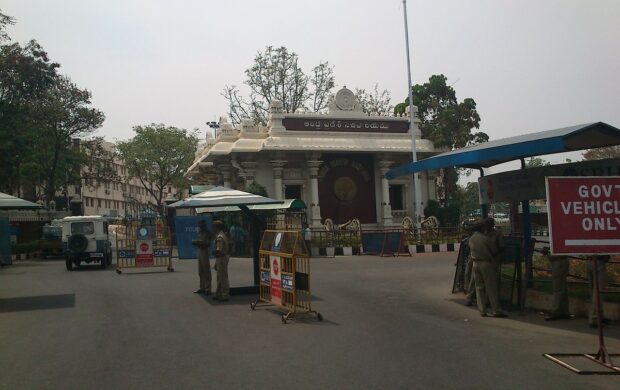


![Poetry]](https://www.thefuturescentre.org/wp-content/uploads/2018/07/Poetry-620x390.jpg)


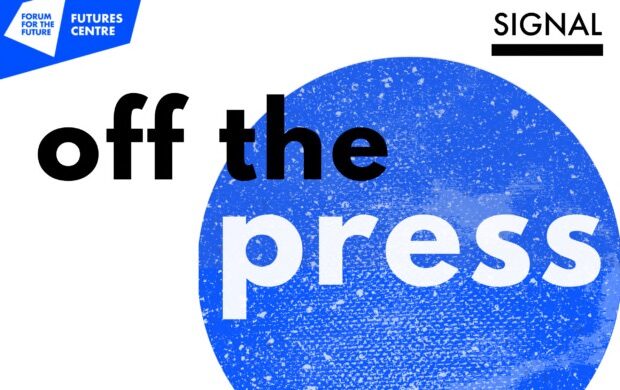

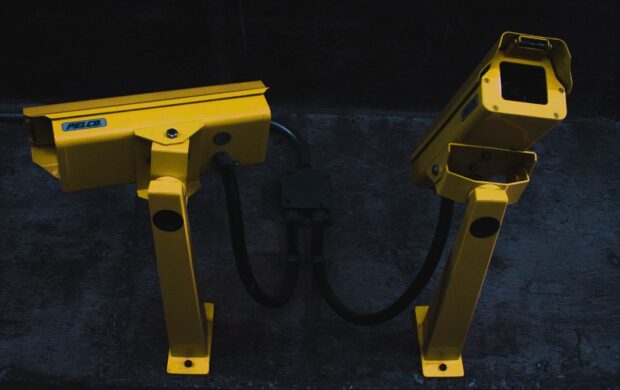


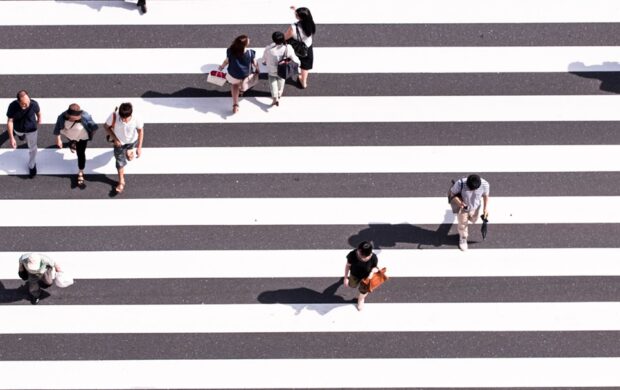

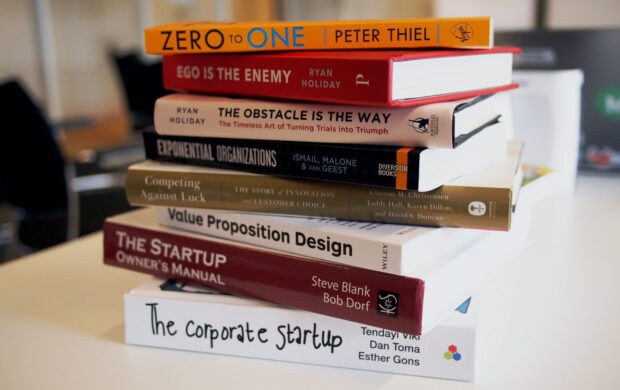

Join discussion